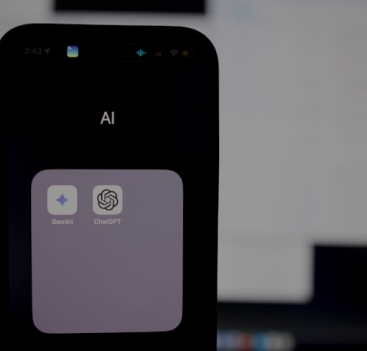Our Partners in Success





What we offer
Our Exceptional Services
Get Your Free ConsultationAI Solutions
Data Services
Custom AI
Support &
Training

Why Choose Us
Your Trusted Tech
Partner
At Avvinya, we recognize that every business has unique challenges. Our solutions are built for flexibility, scalability, and delivering impactful results.
AI, Data & Cloud Expertise
Tailored, Scalable Solutions
Comprehensive Support
Insightful Analytics
Projects
Use Cases
View all
Cloud Solution
Leocubs E-Commerce Platform
See how we helped Leocubs transition from offline retail to a thriving B2C and B2B e-commerce platform with AI-powered personalization.
View Details
Cloud Solution
CA Saurabh Srivastava
Discover how we transformed CA Saurabh Srivastava's online presence with AI features, enhancing client interactions and efficiency.
View Details
Cloud Solution
AI-Powered CRM & Inventory System
We developed an AI-driven CRM and inventory solution with web and mobile apps, optimizing operations and customer engagement.
View DetailsPlatforms we Work on
Empowering businesses with seamless cloud solutions on Microsoft Azure, AWS, and Google Cloud. Transform your operations with our expertise in multi-cloud environments.



Blogs
Tech Insights
View all
15 Jun, 2024
How AI is Revolutionizing Business Efficiency
Explore how AI boosts business efficiency and decision-making.
Read More

15 Jun, 2024
Why Cloud Solutions are Essential for Modern Business
Learn why cloud solutions are a game-changer for modern businesses.
Read More

15 Jun, 2024
How AI is Revolutionizing Business Efficiency
Explore how AI boosts business efficiency and decision-making.
Read More

15 Jun, 2024
Why Cloud Solutions are Essential for Modern Business
Learn why cloud solutions are a game-changer for modern businesses.
Read More
Any Query
